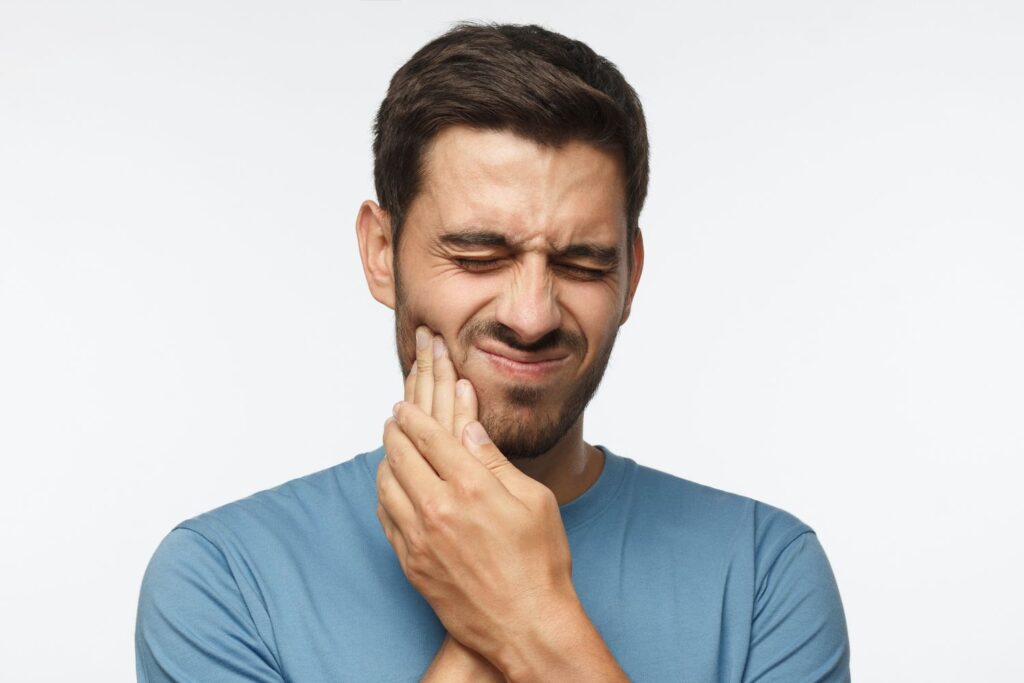Tooth extraction is a common dental procedure to alleviate pain or address various oral health issues. While the majority of extractions heal without complications, there is a potential risk of developing “dry socket.” Dry socket is an extremely painful and uncomfortable condition. Fortunately, there are ways to prevent it and ensure a smoother and more comfortable recovery after tooth extraction.

What is Dry Socket?
Dry socket is a condition that can occur after a tooth extraction when the blood clot that forms in the extraction site dislodges or dissolves prematurely. The absence of a protective blood clot exposes the underlying nerves and bone. Unfortunately, this can lead to intense pain and delayed healing.
Symptoms of Dry Socket
If you have recently undergone a tooth extraction, be aware of the following symptoms that may indicate the development of dry socket.
Severe pain: The pain from dry socket is typically intense and localized, radiating from the extraction site to the surrounding areas. The pain may begin a few days after the extraction and worsen over time.
Empty socket: Upon examination, you may notice an empty or partially dislodged blood clot in the socket instead of the expected healing tissue.
Bad breath: Dry socket can cause foul-smelling breath due to the exposed bone and lack of proper healing.
Tips to Avoid Dry Socket
Carefully adhere to the post-extraction instructions provided by your dentist. These instructions typically include guidelines for rinsing, diet, pain management, and oral hygiene practices. Following them diligently reduces the risk of complications.
Smoking or using tobacco products significantly increases the likelihood of developing dry socket. Nicotine and other chemicals hinder proper blood flow and impede the healing process. Refrain from smoking or using tobacco for at least a few days after the extraction.
Strenuous physical activity, such as heavy lifting or intense workouts, can disrupt blood clot formation and lead to dry socket. Avoid engaging in such activities for a few days following the extraction.
In addition, continue maintaining good oral hygiene, but be extra cautious around the extraction site. Brush your teeth gently using a soft-bristled toothbrush, avoiding direct contact with the extraction area. Rinse your mouth gently with warm salt water or an antimicrobial mouthwash as your dentist recommends.
One of the most common ways that dry socket occurs is using a straw. The suction created while drinking through a straw can dislodge the blood clot and delay healing. Opt for drinking directly from a cup or using a spoon for a few days after the extraction.
If you’re experiencing discomfort after the extraction, consult your dentist before taking any pain relievers. They will recommend the appropriate medication and dosage to alleviate pain without compromising healing.
If you suspect you may have developed dry socket, promptly contact your dentist. They will evaluate and determine the right treatment.
